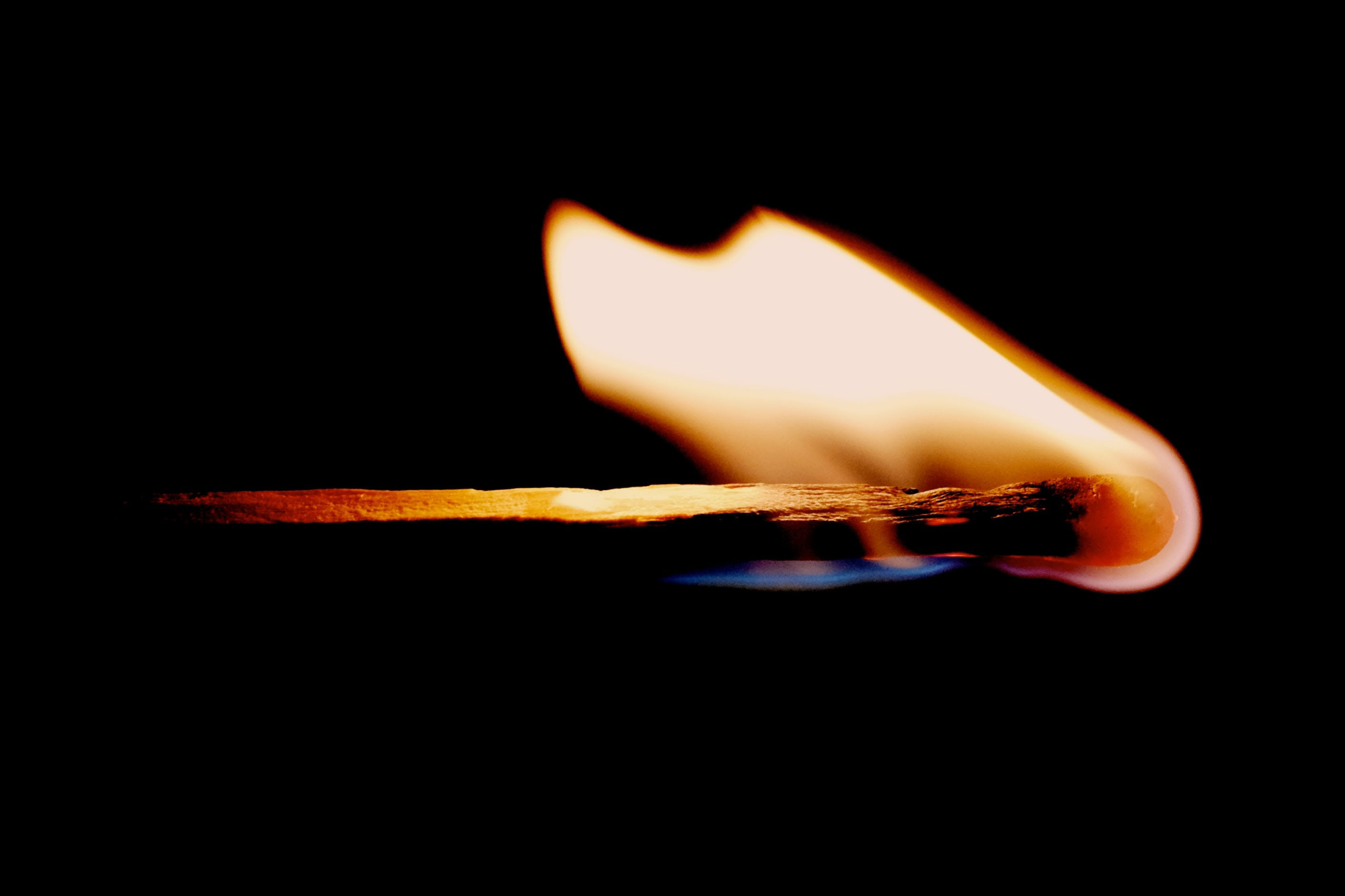Fire safety legislation is an incredibly crucial part of ensuring the UK is kept safe from fire as much as possible. Fire safety regulation is put in place to protect people, buildings and communities.

Fire safety legislation is an incredibly crucial part of ensuring the UK is kept safe from fire as much as possible. Fire safety regulation is put in place to protect people, buildings and communities.

The Grenfell Tower disaster expressed just how important fire safety legislation is. Buildings need to be built with regulations to avoid missing or incorrect infrastructure like Grenfell with cladding.
The UK has a history of fire safety legislation that often changes, depending on the incidents that happen around us. In this article, we discuss some of the legislation that made history.
Legislation is more reactive rather than preventative. The first fire safety regulations predate the existence of the United Kingdom. The first regulation was put in place to protect the construction of buildings and roads from fire after the Great Fire of London occurred in 1666.
Great Fire of London – 2 September 1666: Many buildings throughout London were originally made from wood. After the fire, King Charles II ruled that all buildings were to be built of stone and roads to be widened moving forward.
London Cooking Fire Bylaw 1705: This regulation prohibited all open fires in the attics of thatched buildings.
The Fires Prevention (Metropolis) Act 1774: This act was for better regulation of buildings and party walls, and was the first to deal with human life and escape.
Factories Act 1937: The Factories Act 1901 was extended to cover means of escape in the event of a fire. This meant that factory owners must have a plan of escape in case of fire. This act introduced the first fire certificate.
Fire Services Act 1947: Fire safety issues were handled by the local authority pre-1947. This act gave the Fire Brigade the responsibility for fire safety – but no power regarding enforcement.
Factories Act 1961: A fire at the Eastwood Mills in Yorkshire in February 1956 caused the act to be amended due to the death of 8 people. Fire Brigades were now given the power to inspect factories for fire safety and fire certificates included provisions for fighting a fire.
Licensing Act 1961: A single wooden staircase was the only way of entering and exiting the Top Storey Club in Bolton. When a fire broke out in 1961, 19 people lost their lives. The Licensing Act was amended to advance the requirements for safety in the event of a fire.
Offices, Shops and Railway Premises Act 1963: In June 1960, a fire broke out at William Henderson & Sons department store in Liverpool. This caused ten people to become trapped on the fourth floor, with a man falling to his death while trying to assist others to safety.
Fire Precautions Act 1971: A fire at the Rose and Crown Hotel in Saffron Walden occurred on Boxing Day in 1969. This caused 11 people to lose their lives, which made the government reconsider the entire structure of fire safety legislation. The act states that all new and existing buildings must be inspected by a fire officer and receive a fire certificate before occupation.
The Regulatory Reform (Fire Safety) Order 2005 applies to all buildings, except for private homes, but does apply to communal areas or escape routes of HMOs. This act introduced fire risk assessments and replaced 80 Acts of Parliament that specified fire safety legislation in England and Wales.
The act is presented in separate parts, including general fire safety and fire enforcement. With tragedies such as Grenfell in recent years, it is no question that the Regulatory Reform (Fire Safety) Order 2005 will be amended in the future.
Fire safety legislation ensures that the UK is kept safe from potential fire risks. While, sadly, numerous tragic events occurred to lead to such measures, it is great that the UK has them in place to keep everyone safe.
At Coopers Fire, our passion of wanting to protect people shines through our products. Over 30 years, we have developed an advanced range of fire and smoke curtains that have led us to become the designer’s preferred fire and smoke curtain manufacturer and installer. Get in touch today to find out more about how we can support you.